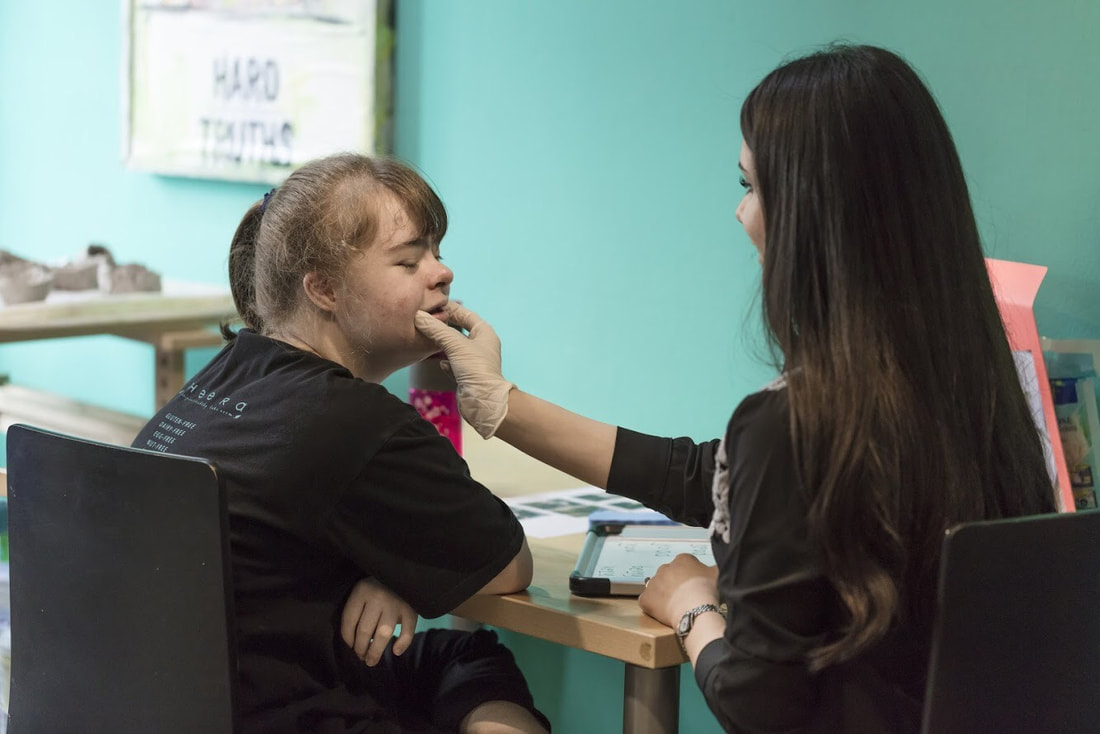|
Learning to express emotions is such an important life skill. Often, tantrums and meltdowns happen because a child cannot yet express how they feel in a situation. Giving your child the tools to express their emotions will improve their communication skills, empower them to express themselves and ask for help, as well as reduce tantrums and meltdowns.
Here are 7 simple tips for teaching your child to use emotion words. 1. Tell your child what you see You may notice that your child has a meltdown or tantrum when they do not have the words, or do not know how to express what they are feeling. Giving your child these emotion words is a powerful tool to help them feel understood in a situation where their emotions are building up. For example, if your child is upset that they cannot have their way about something, you can put this into words for your child by saying, “I can see that you are frustrated”. 2. Play mirror games Pick an emotion and make a face in the mirror which shows this emotion. Ask your child to look in the mirror and imitate the face you have made. Then write the emotion word this face depicts on the mirror with a mirror crayon. To make it even more fun, ask other family members to join in. 3. Take photos Emotions have long been taught through drawings of stick figures and facial expressions. However, for a lot of our children, these drawings are too ambiguous and often hard to interpret. Instead of these drawings, take photos of yourself, or someone else in your family making faces that depict different emotions, or ask your child to imitate you making faces that show different emotions. Print these photos and label the emotion under them. You can then hang these photos on a picture board or on a line with pegs in your child’s room as a visual reminder. 4. Draw attention to how the emotion feels A great way to teach your child emotions is to talk about how they make the body feel. For example, bring your child’s attention to how angry makes your face feel hot, your hands and teeth become tightly clenched, your heart beats faster. Also, ask your child to describe how different emotions make them feel. Use a drawing of a shape of a person as a visual cue to get the conversation going. Your child can then circle body parts on this drawing and talk about how they feel. 5. Incorporate stories A powerful way to teach your child about emotions is to tell them a story. A story will bring context to the learning, to help your child understand the emotion in a specific situation. The story will have even more of an impact if it is based on real people and includes photos of these people, including your child. Your child will likely remember this story for a long time. 6. Use Self-regulation Tools A fantastic self-regulation tool which I use with children who I work with are the 'Zones of Regulation'. This tool is based on the idea that there are 4 colour zones which your child can be in (red, yellow, blue and green), and each zone is associated with certain emotions. Your child will learn to associate the emotions with certain colour zones. For example, your child may eventually express that they are in the "blue zone" when they are feeling sad, or the "yellow zone" when they are feeling nervous or excited. Then, your child will learn about different strategies / tools which they can use in each colour zone. For example, counting to 10 or drawing to get into the 'green zone'. You can read more information about the Zones of Regulation here. 7. Reassure that it is OK to feel emotions When teaching your child about emotions, it is important to tell them that it is OK to feel all the emotions. For example, I often tell my students, "it is ok to feel frustrated. Everyone feels frustrated sometimes". Also, try to avoid placing judgement on emotions (e.g. feeling angry is 'bad'). Doing these 2 things, will allow your child to express themselves without feeling like what they are experiencing is out of the ordinary, and will let them know that you can relate to what they are feeling. Speak soon, The Expat Speechie Comments are closed.
|
Welcome to my blog!
|






